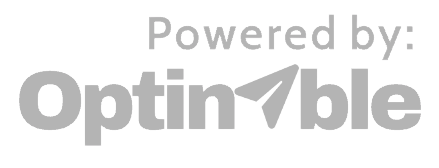Chief Technology Officer and digital transformation leader
Ravi is a digital technology leader with more than 25 years of experience across multiple industries, including high-tech, retail, and SaaS. His retail experience includes serving as Global Vice President, Digital Engineering & Operations for a multibillion dollar electronics retailer, where, among other accomplishments, he defined their Enterprise Cloud Strategy. In his current role, Ravi is responsible for all technology resources across the entire organization. His strong understanding of software products and platforms, as well as foundational systems in infrastructure and ERP, has been driving technology innovation and customer value in support of the company’s strategic initiatives.
Listen to our podcast interview with Ravi
Credits
Music: www.bensound.com
Cover Photo: Dan LeFebvre on Unsplash



